ARE WE FIT FOR THE FUTURE?
Adapting Education for the Jobs of Tomorrow

The need for educational systems to equip students with skills geared toward the requirements and challenges of future job opportunities has never been more crucial.
Almost a quarter (23%) of jobs are expected to change by 2027, according to the World Economic Forum.
Their latest Future of Jobs report, which surveyed more than 800 companies, found employers anticipate 69 million new jobs to be created and 89 million to be eliminated within the next five years.
“We're seeing a dramatic gap in the volume and availability of people with future-ready skills in the marketplace. Everyone is competing for the same talent,” said Gina Jeneroux, a future work and skills strategist from Toronto, Canada, who brings with her over three decades of experience in the financial services and learning sectors.
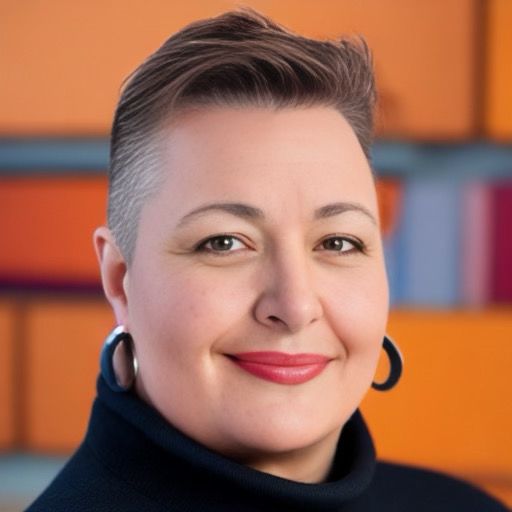
Photo supplied by Gina Jeneroux
Photo supplied by Gina Jeneroux
How can we bridge the gap? Jeneroux encourages everyone to “proactively build skills for tomorrow, starting today,” a concept she calls PREskilling™.”
This approach is essential for preparing individuals, at every stage of their career, for future work and jobs – and it’s also critical for companies that are trying to find enough skilled talent to meet business goals.
"Skills are like the building blocks of the future. Start now to build a diverse portfolio of skills over time. It will help you be nimble, and anticipate the jobs that don’t yet exist"
“The world is changing so quickly. Learning doesn’t stop when you get your diploma. It’s just the beginning,” she added.
REVAMPING THE EDUCATION SYSTEM
With the World Economic Forum projecting that around 44% of workers' skills will face disruption by 2027, educational institutions need to consider updating their curriculum to align with the evolving demands of the job market.
However, “educational institutions are not used to reacting so quickly to changes in society, so we have to admit that transforming education is not a revolution, it's an evolution,” explains Dr. Cvetanka Walter.
Walter is a research fellow at the htw saar University of Applied Sciences, where she and her colleagues are currently developing a concept for implementing future skills into the curriculum.
Future skills, also known as 21st century skills, are a set of abilities and competencies that are anticipated to be essential for successfully navigating future challenges in society.
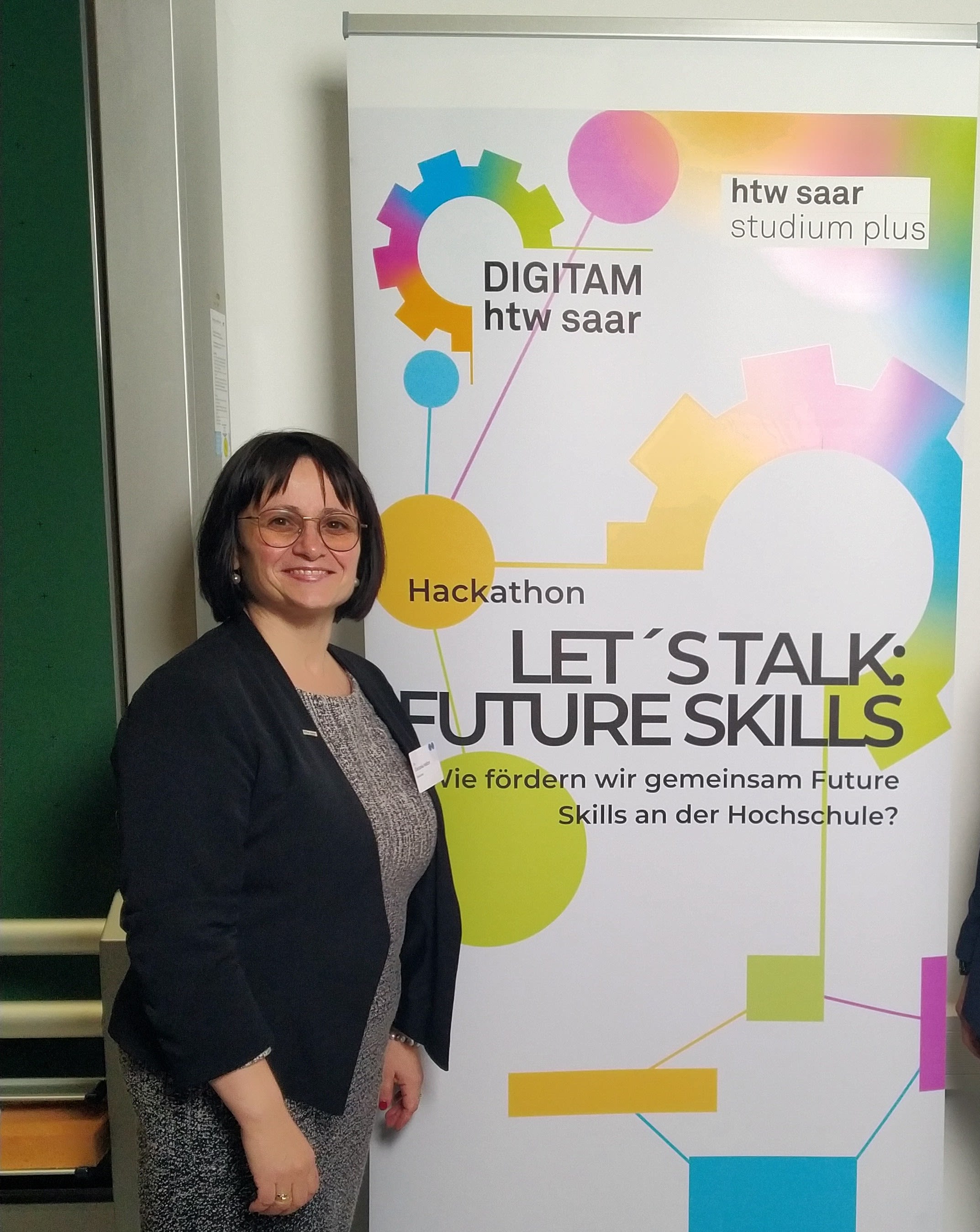
Photo supplied by Cvetanka Walter
Photo supplied by Cvetanka Walter
In her workplace, Walter has noticed it takes time to change curriculum and develop awareness among educators and students when it comes to incorporating future skills into day-to-day learning.
“I think that it will be very helpful if we stop seeing future skills as an add-on to learning and instead as an integral part of the learning process,” she advised.
INNOVATIVE SCHOOL PROGRAM LEADING THE WAY
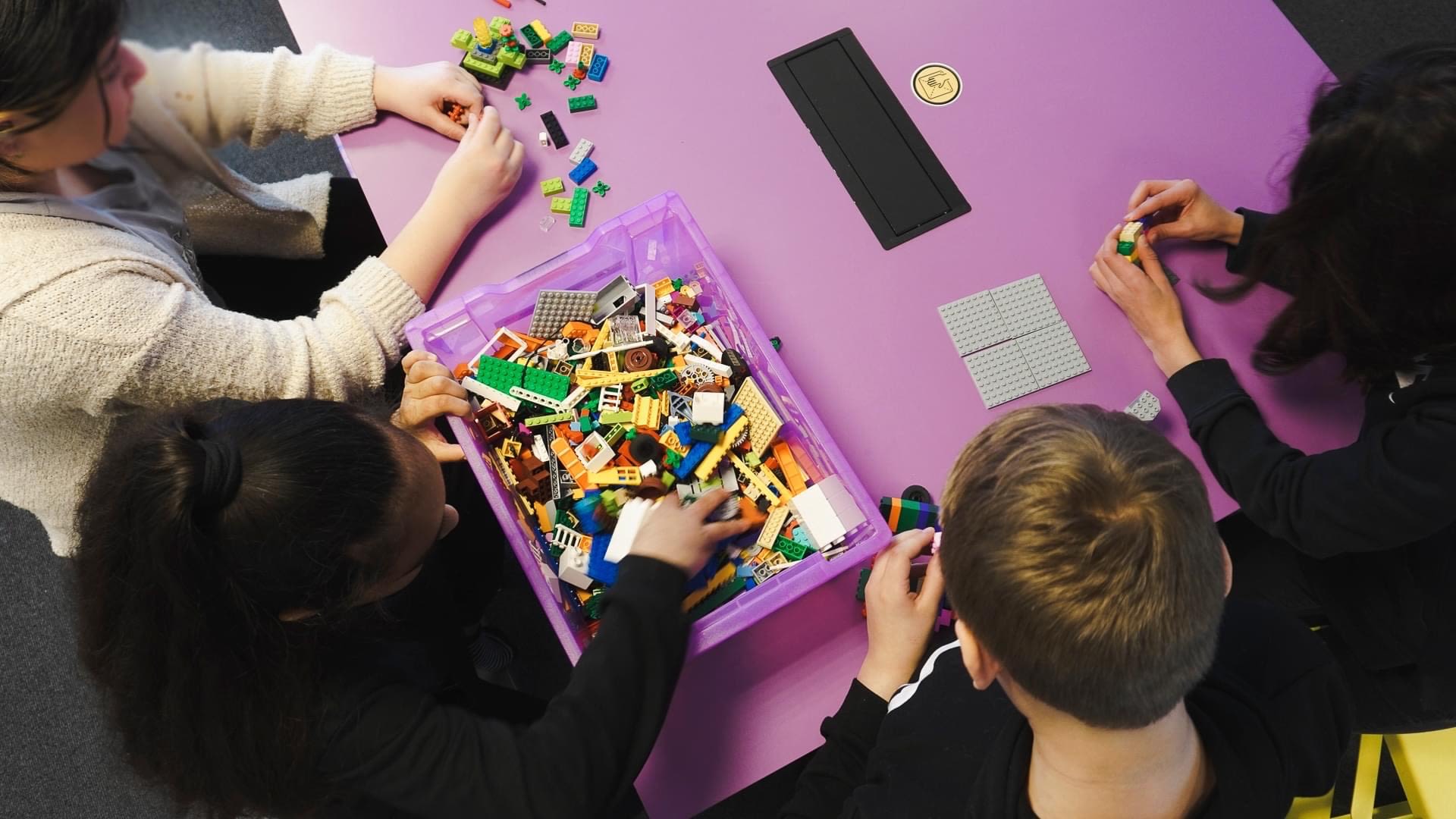
Photo supplied by TekX
Photo supplied by TekX
An example of how future skills can be integrated into the education process can be found in the municipality of Rødovre, just a twenty-minute drive from Copenhagen.
The technology and innovation program, TekX, which is integrated into the nearby schools, focuses on nurturing skills that are essential for tackling the challenges of the future.
TekX collaborates with eight schools to bring to life the technology and innovation subject, a unique component of the curriculum for each school in Rødovre.
They cater to 4200 students aged six to sixteen years old, with classes holding up to 60 kids at a time.
“We translate 21st century skills into different learning activities"
“We strive to do our best to make TekX a centre for the actual display of how it's supposed to look when you actually work with it with kids,” he added.
Creative thinking, followed by analytical thinking and technological literacy, are the skills on the rise in the lead-up to 2027.
"We should be a resemblance of society,” Jesper said.
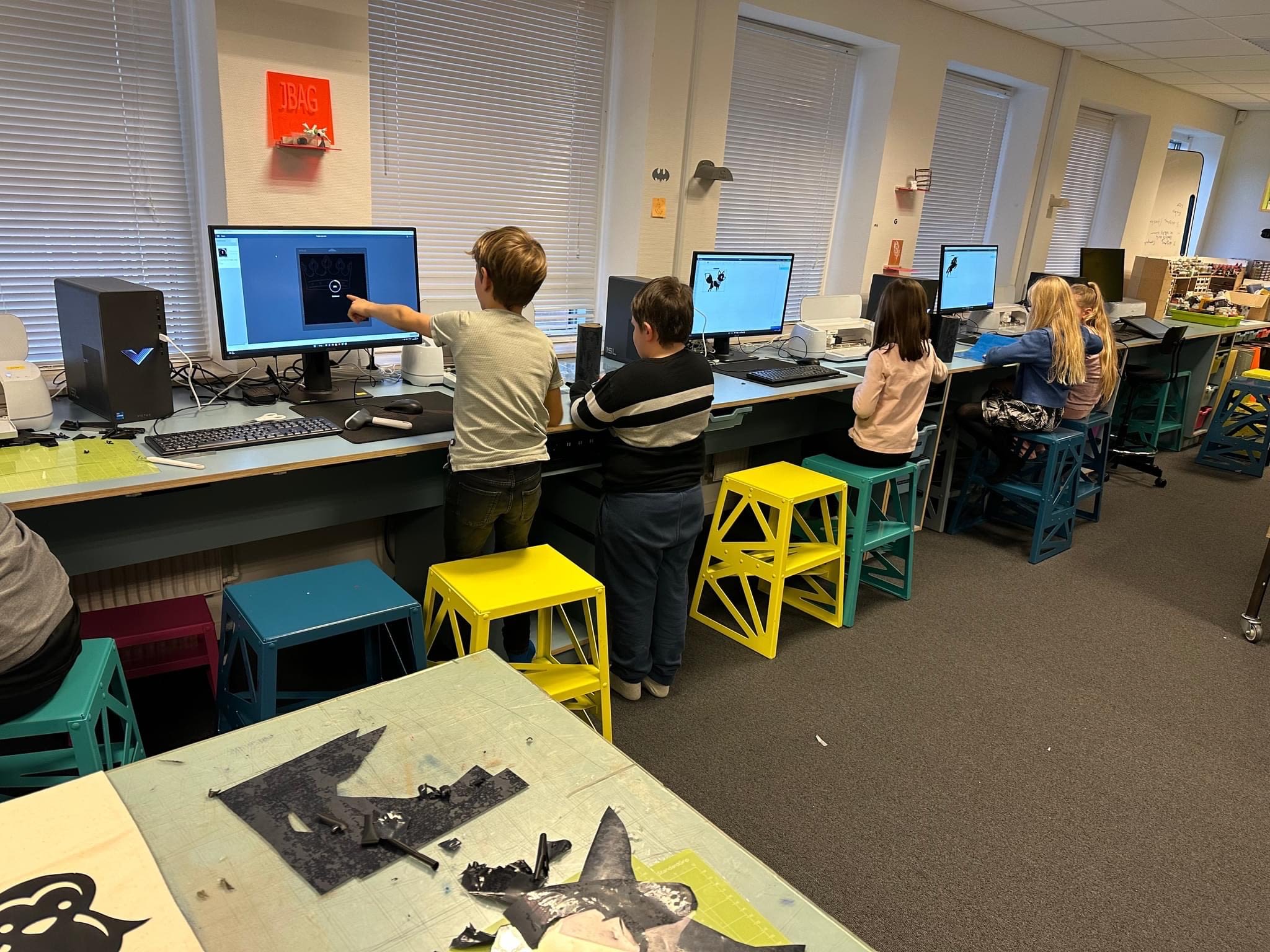
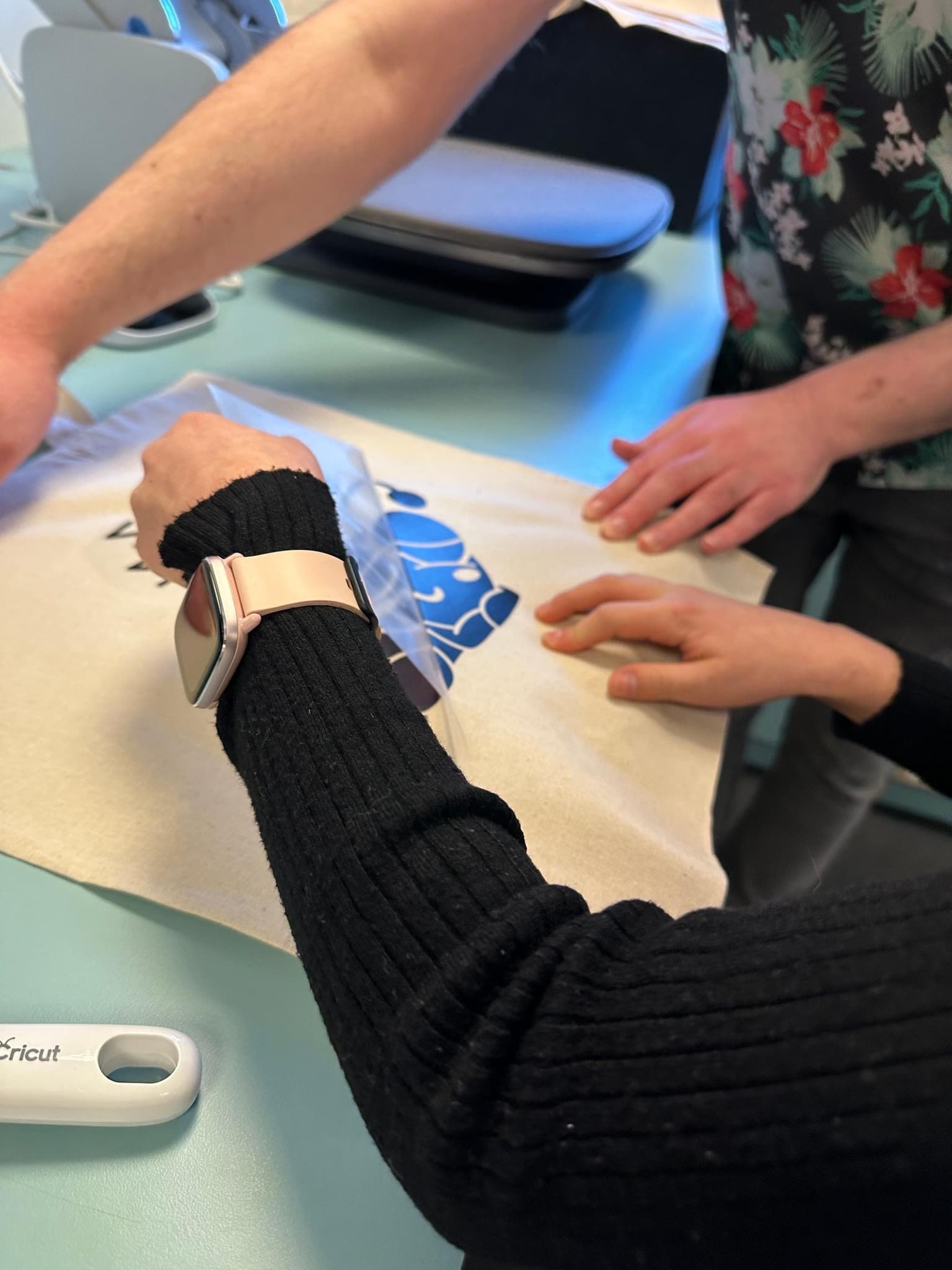
“You can't have a school system that is totally decoupled from reality; it doesn't work that way"
- Jesper
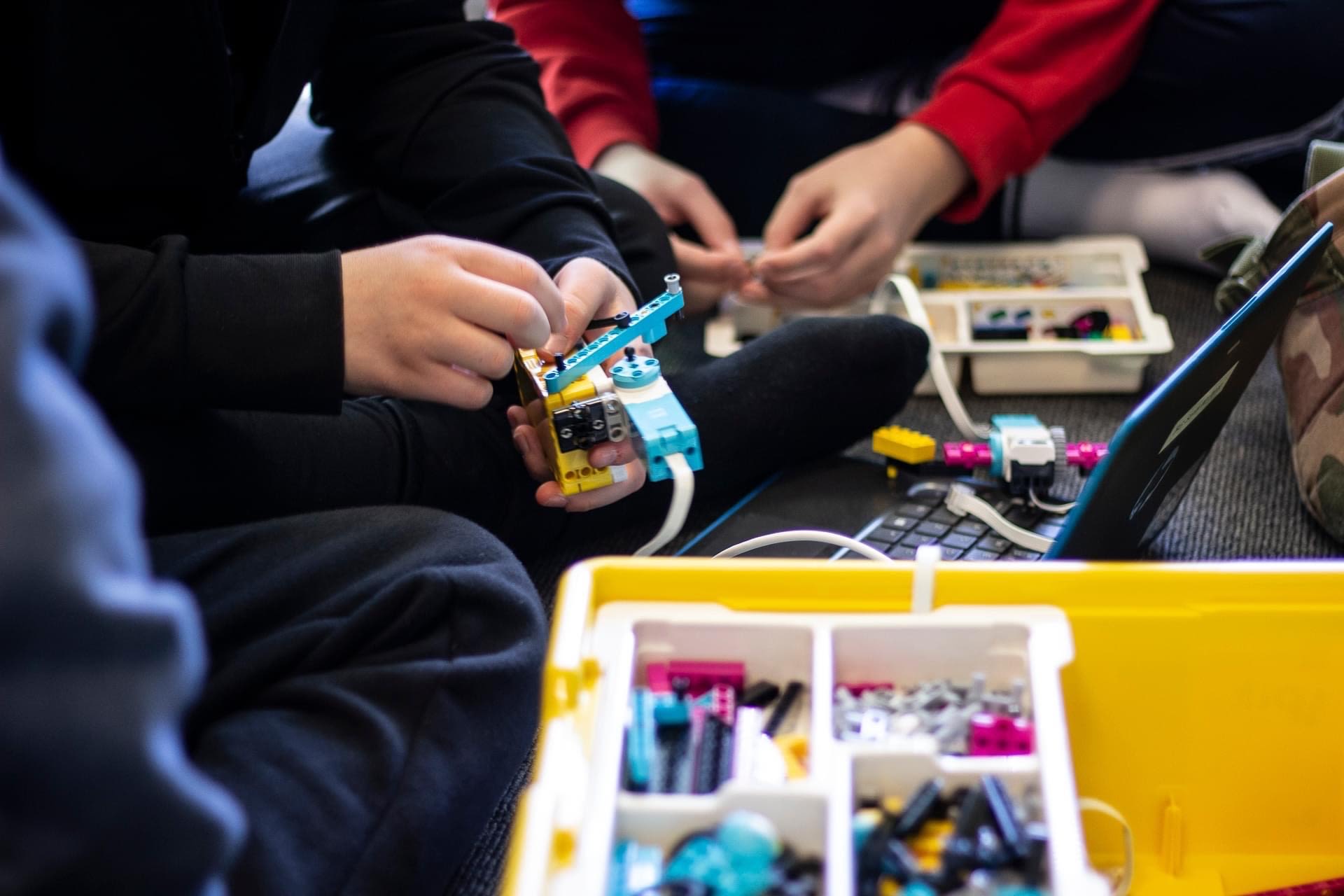
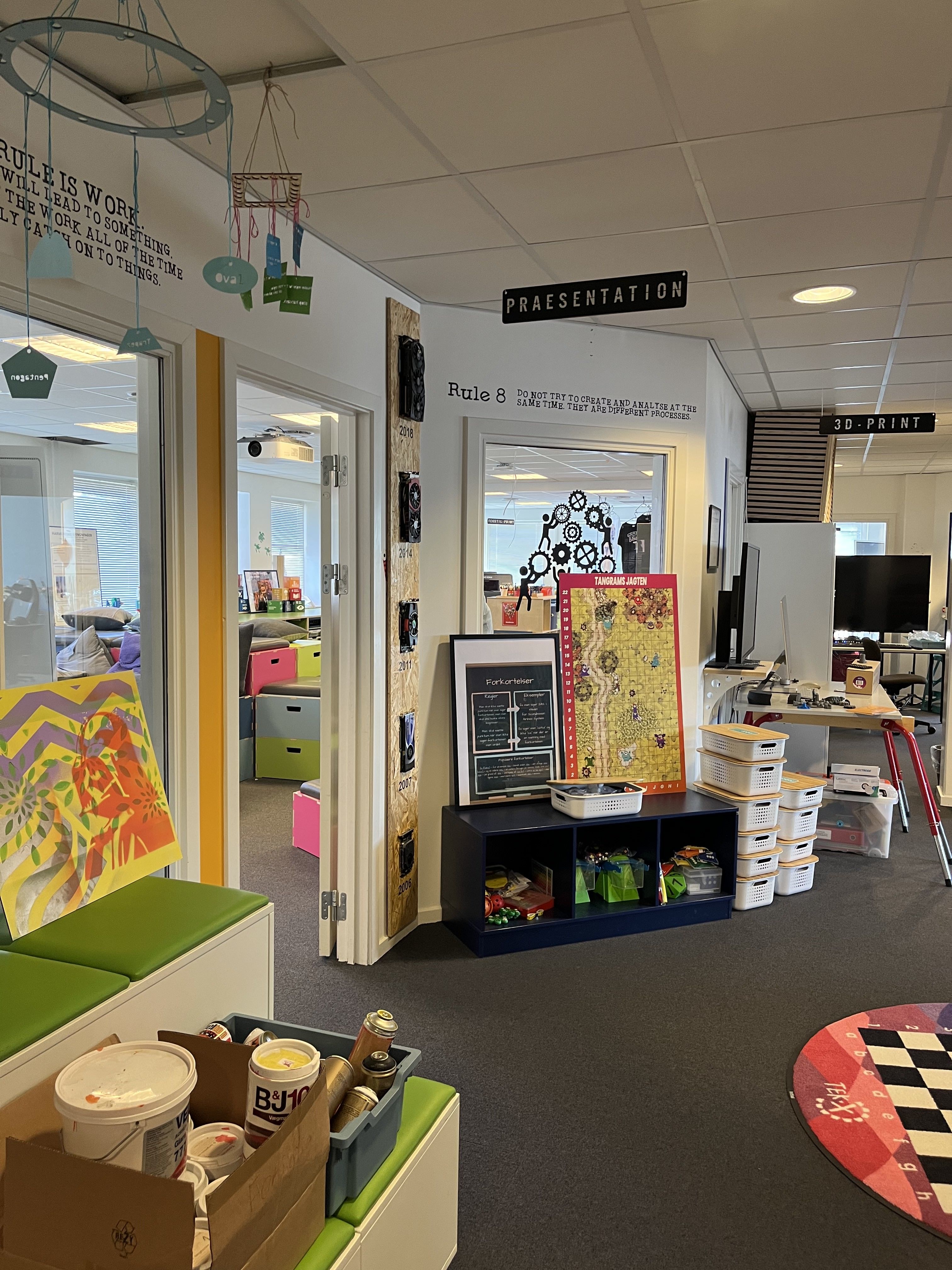
The learning environment at TekX is like a classroom from the future.
Students code robots, use 3D printers and laser cutters, come up with storylines for video games, take care of a hydroponic garden, and record podcasts and music.
The activities are tailored to the different age groups, focusing on production, innovation, and design, all using narrative to engage the students in the process.
“It's by far the process and the discussions that you have during the creation process that is super important,” Jesper said.
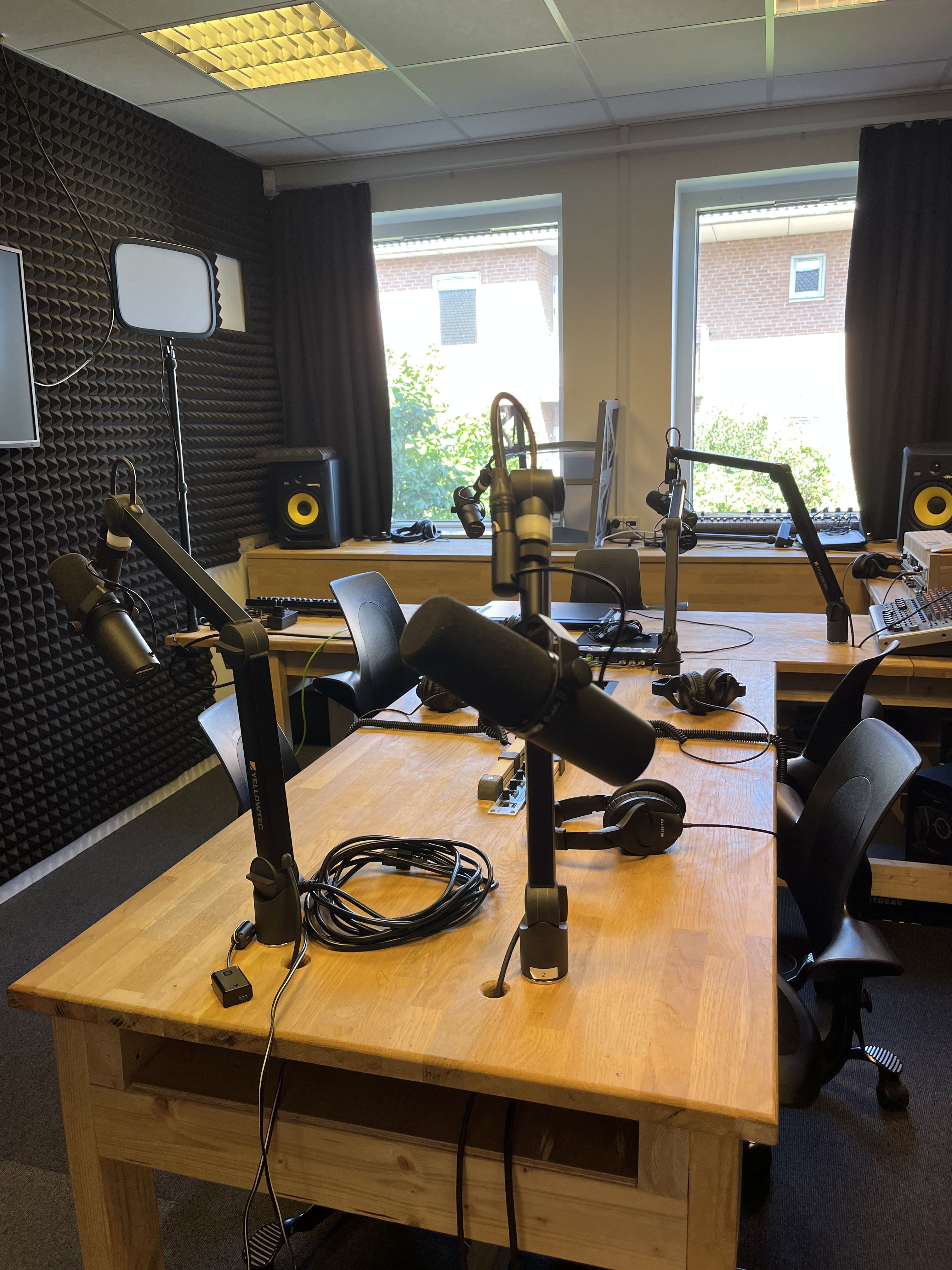
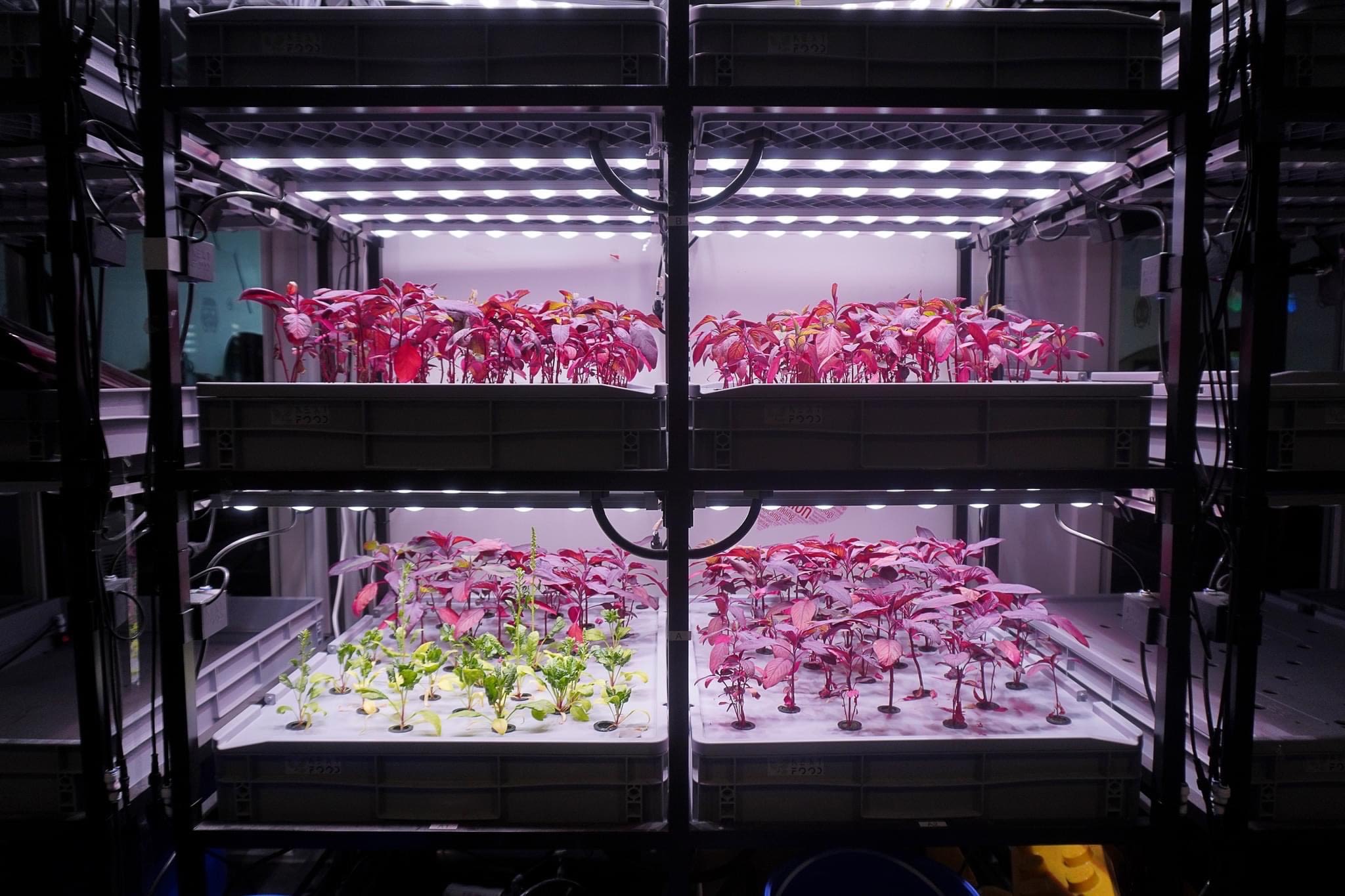
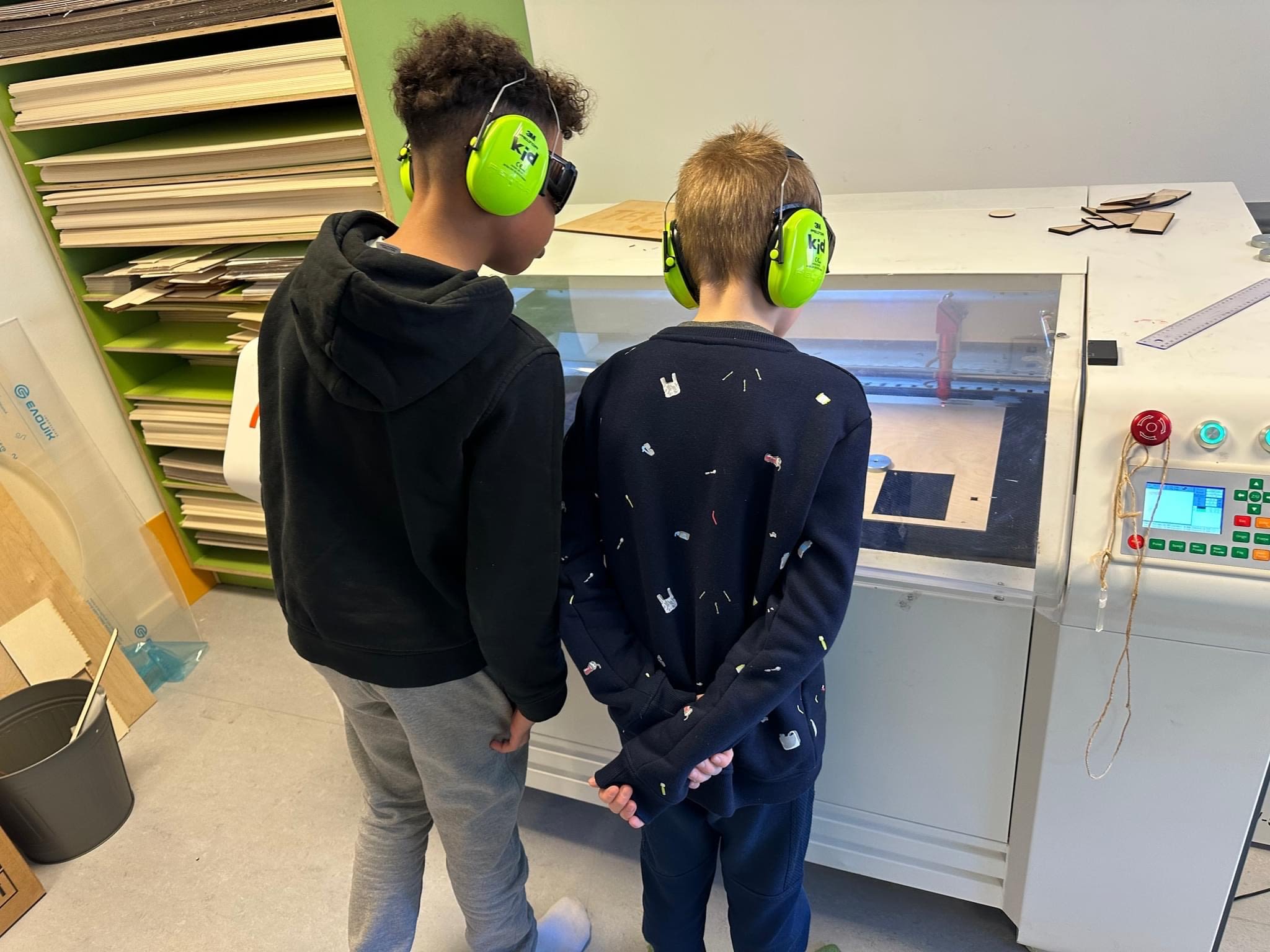


Photo supplied by TekX
Photo supplied by TekX

Photo supplied by TekX
Photo supplied by TekX
CREATIVE THINKING NEEDS CREATIVE SPACE
At the entrance of the space is a huge box of Lego for students to create prototypes and experiment with their ideas.
Stephanie Woessner explained there needs to more spaces where “students can actually be creative, try things out, and learn from mistakes.”
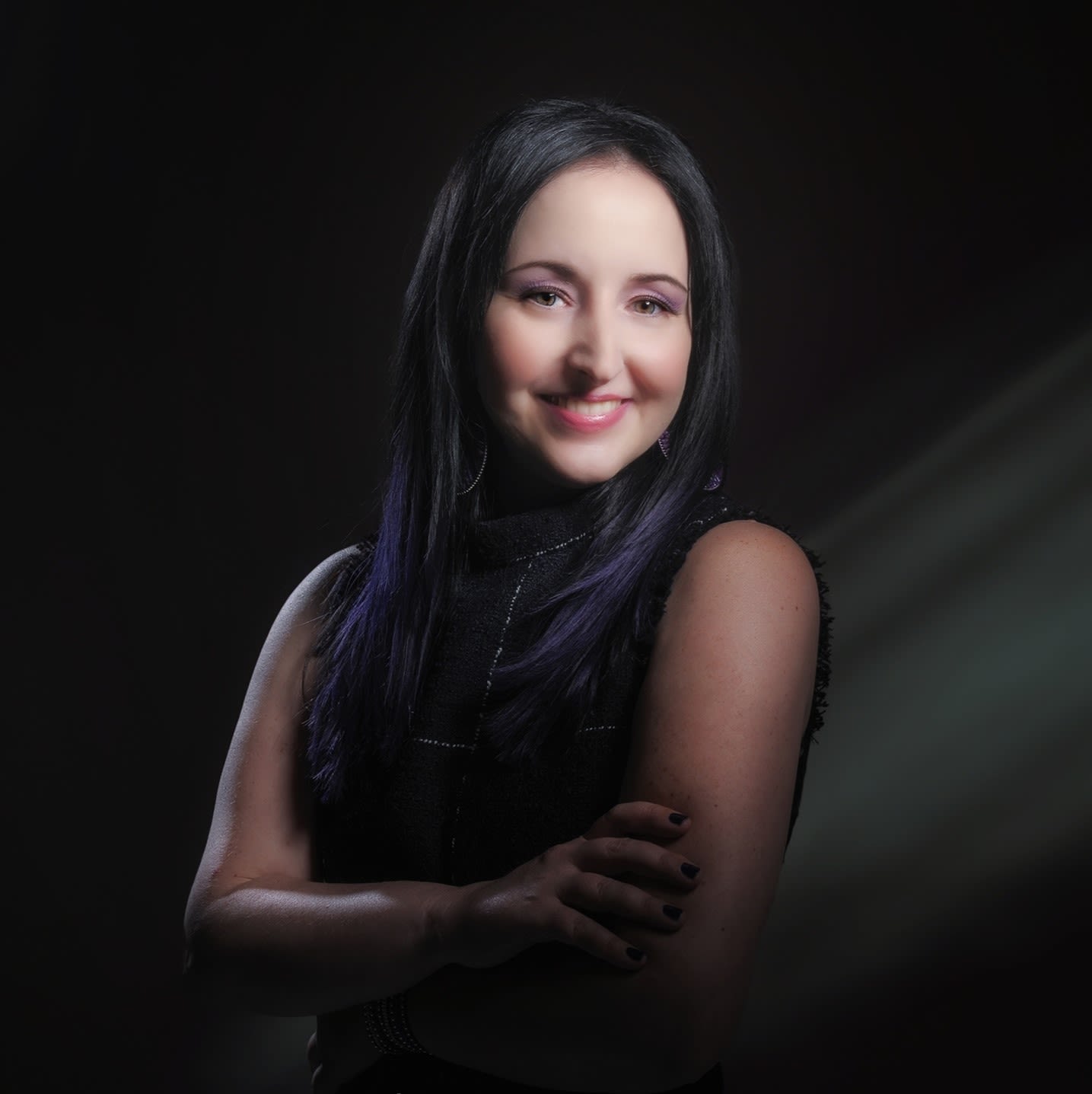
Photo supplied by Stephanie Woessner
Photo supplied by Stephanie Woessner
“An open space, where you can actually experiment, is a very good start to learning to acquire the competencies that you need,” the former teacher, now Head of Future Learning at the Landesmedienzentrum Baden-Württemberg, said.
One activity for 11–12-year-olds at TekX involves students designing homes that allow biodiversity to thrive.
This is a local issue, as Rødovre is ranked towards the bottom in Denmark when it comes to biodiversity.
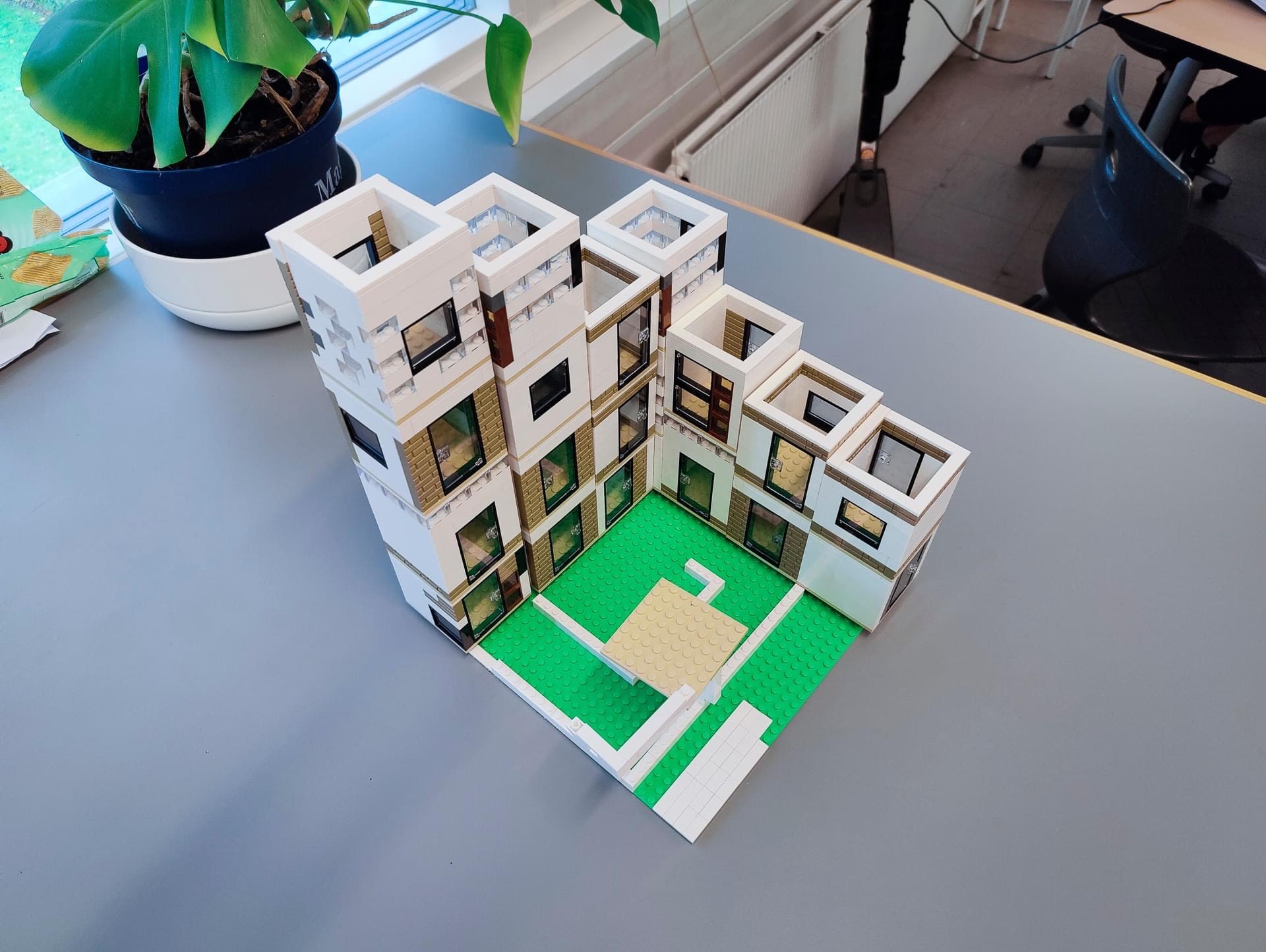
Photo supplied by TekX
Photo supplied by TekX
Jesper explained that students must take in the information, consider the history of the area, crunch down the data, and go through the design process of building a 2D Lego version and then a 3D version on the computer.
“The whole idea is to empower kids to be critical thinkers and come up with their own ideas about how to solve things and see things,” he said.
Improving students' collaborative problem-solving skills not only benefits them but also has the potential to add an estimated 2.54 trillion USD to the global economy, as reported by the World Economic Forum.
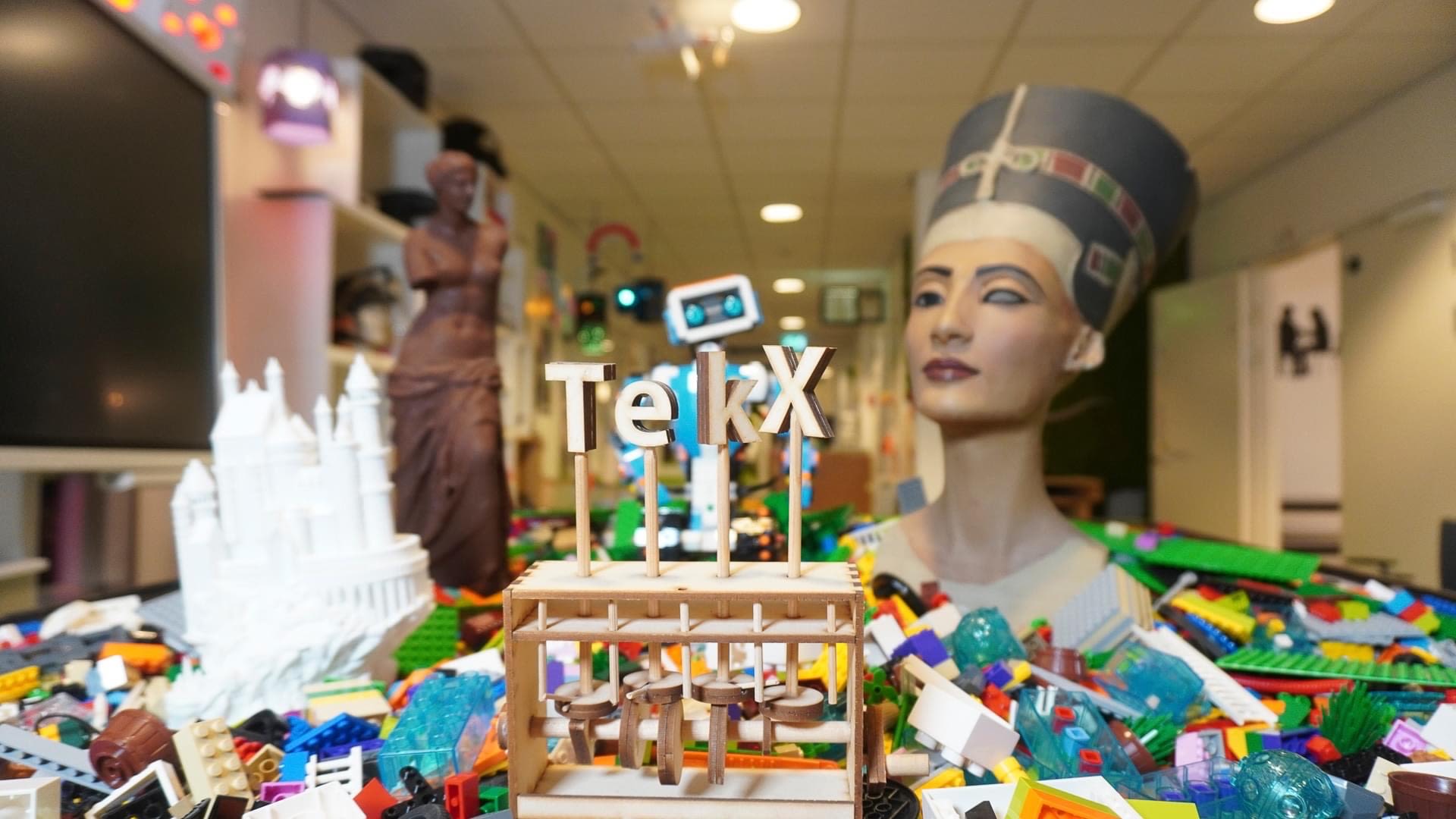
Photo supplied by TekX
Photo supplied by TekX
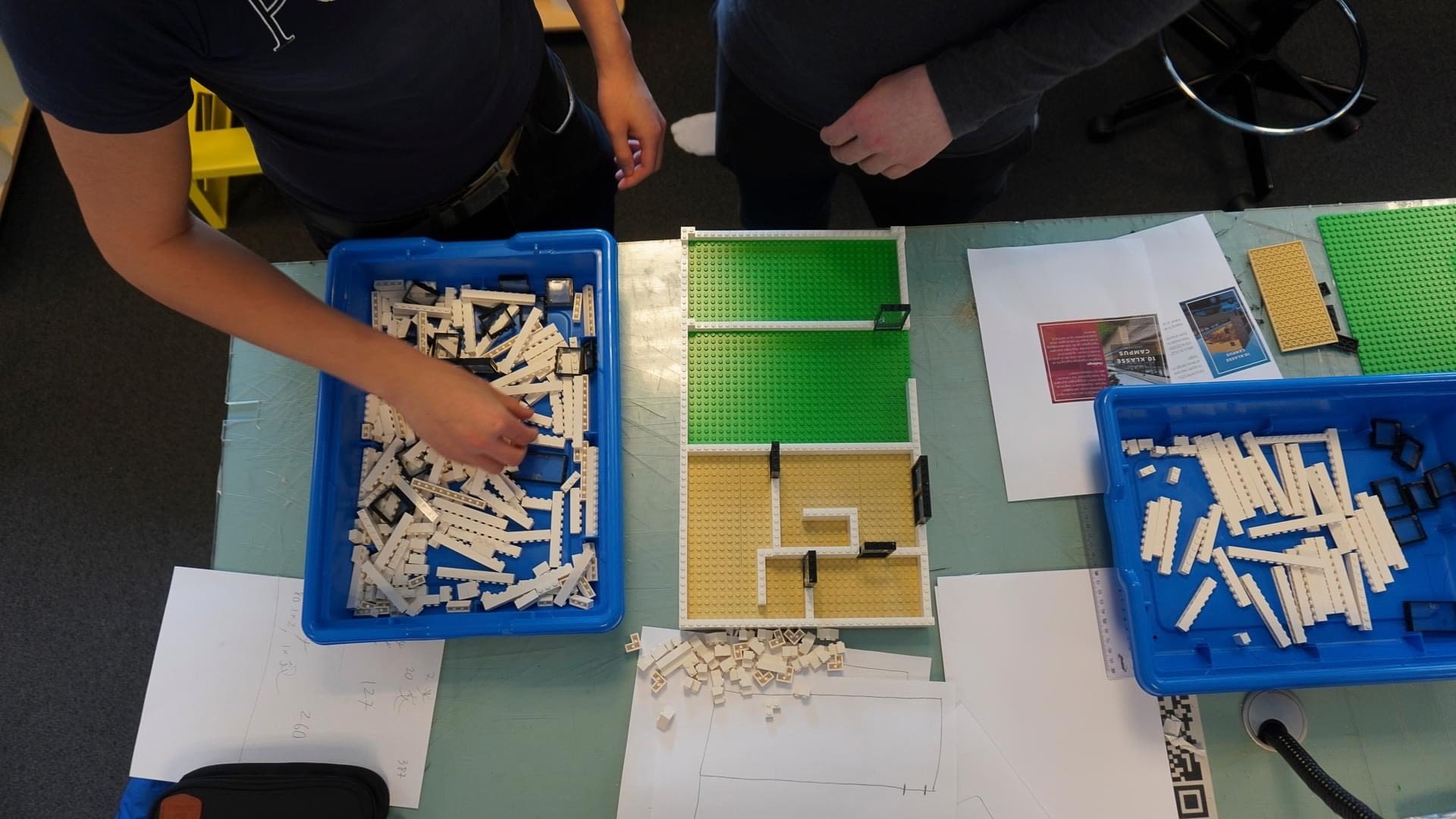
Photo supplied by TekX
Photo supplied by TekX
ROLE OF THE EDUCATOR
TekX is not something new to Woessner. She participated in an online seminar with Jesper and also met him in person last year at the education fair, LEARNTECH, in Germany.
“There’s a lot of potential to just go there and really learn something; it’s an aspiration to have such a space where teachers feel like they have support,” she said.
For Woessner, game-based learning is one way to “link what kids or teenagers like to do and what they need to do in order to be creators of their own future and acquire competencies they will need.”
She is currently working on a project, BLOCKALOT, a future-oriented learning platform that promotes the easy implementation of game-based learning in education.
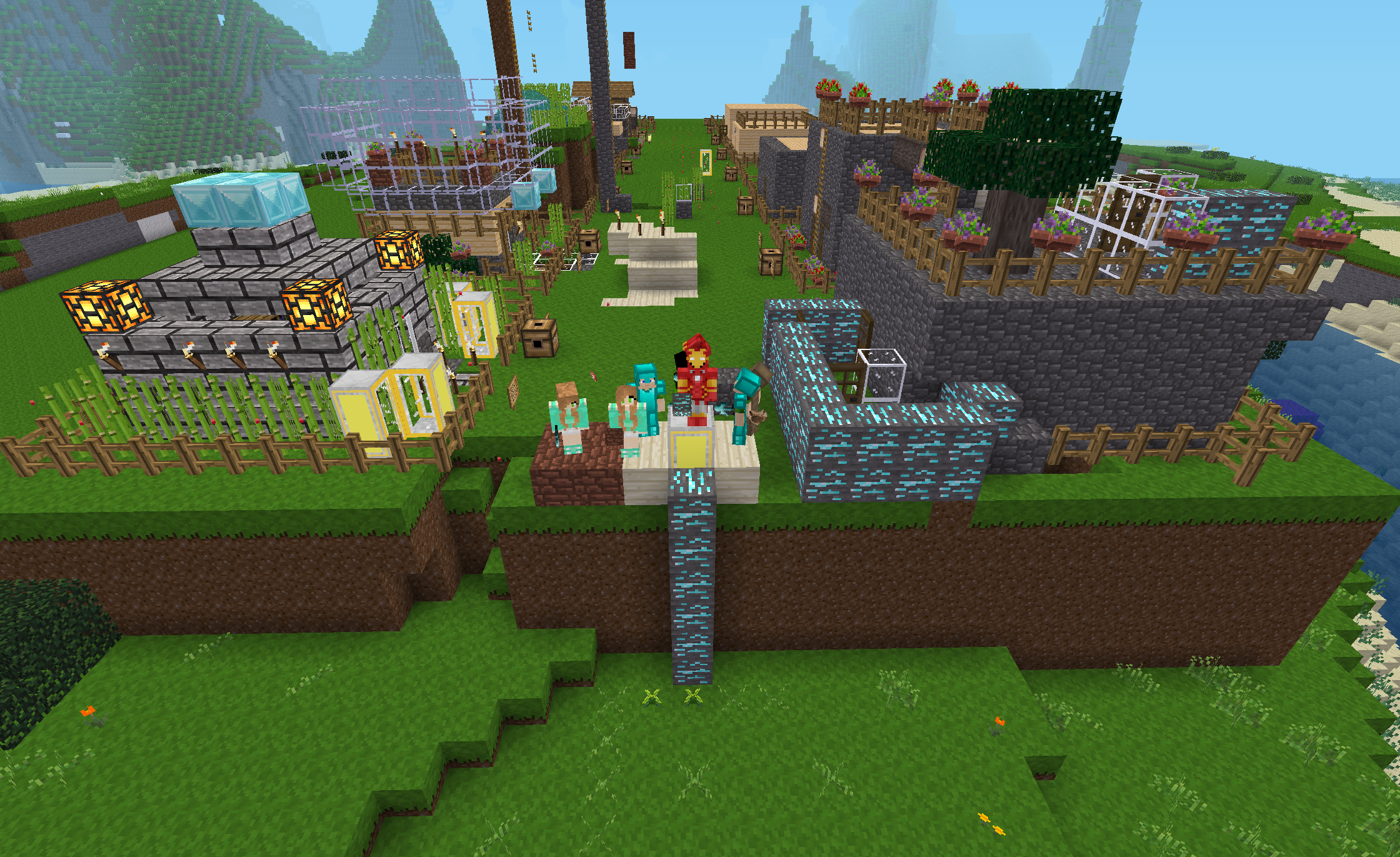
Photo supplied by Stephanie Woessner: Third and fourth graders use the Minetest server to build their own community.
Photo supplied by Stephanie Woessner: Third and fourth graders use the Minetest server to build their own community.
Developed by the Future of Learning Unit at the Landesmedienzentrum Baden-Württemberg, the platform offers educators user-friendly Minetest environments along with resources such as project concepts, learning adventures, and templates to use in the classroom.
“It's our little contribution to making a change; we have a lot of materials, and we try to build a community, because I don't think you can do that on your own,” Woessner said.
“Teacher training today is very, very traditional,” she added.
When Walter is asked by her colleagues how to train their students’ future skills, she explains that there is no perfect formula.
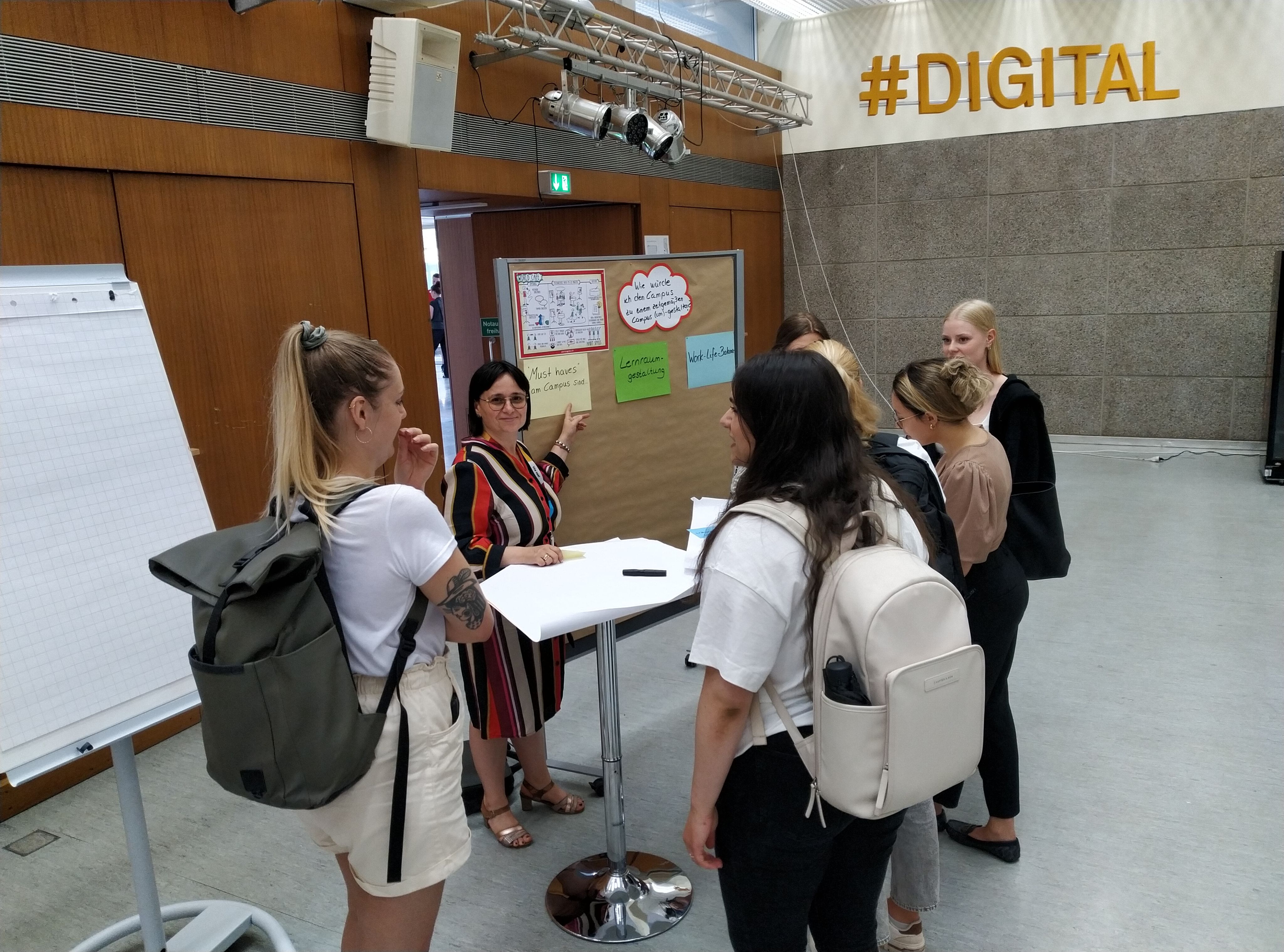
Photo supplied by Cvetanka Walter
Photo supplied by Cvetanka Walter
“Implementing future skills in the curriculum is complex and may feel like trying to build a plane while flying it," she said.
She supports educators in changing their understanding of their roles and embracing new roles.
"Teachers are also learners, and they need to develop their future skills just as their students do," Walter explained.
This is also a challenge the team behind TekX face.
“We need to help the teaching staff acknowledge and not only change their own teaching, but also give them meaningful learning activities, which they can take with them into their own curriculum,” Jesper said.
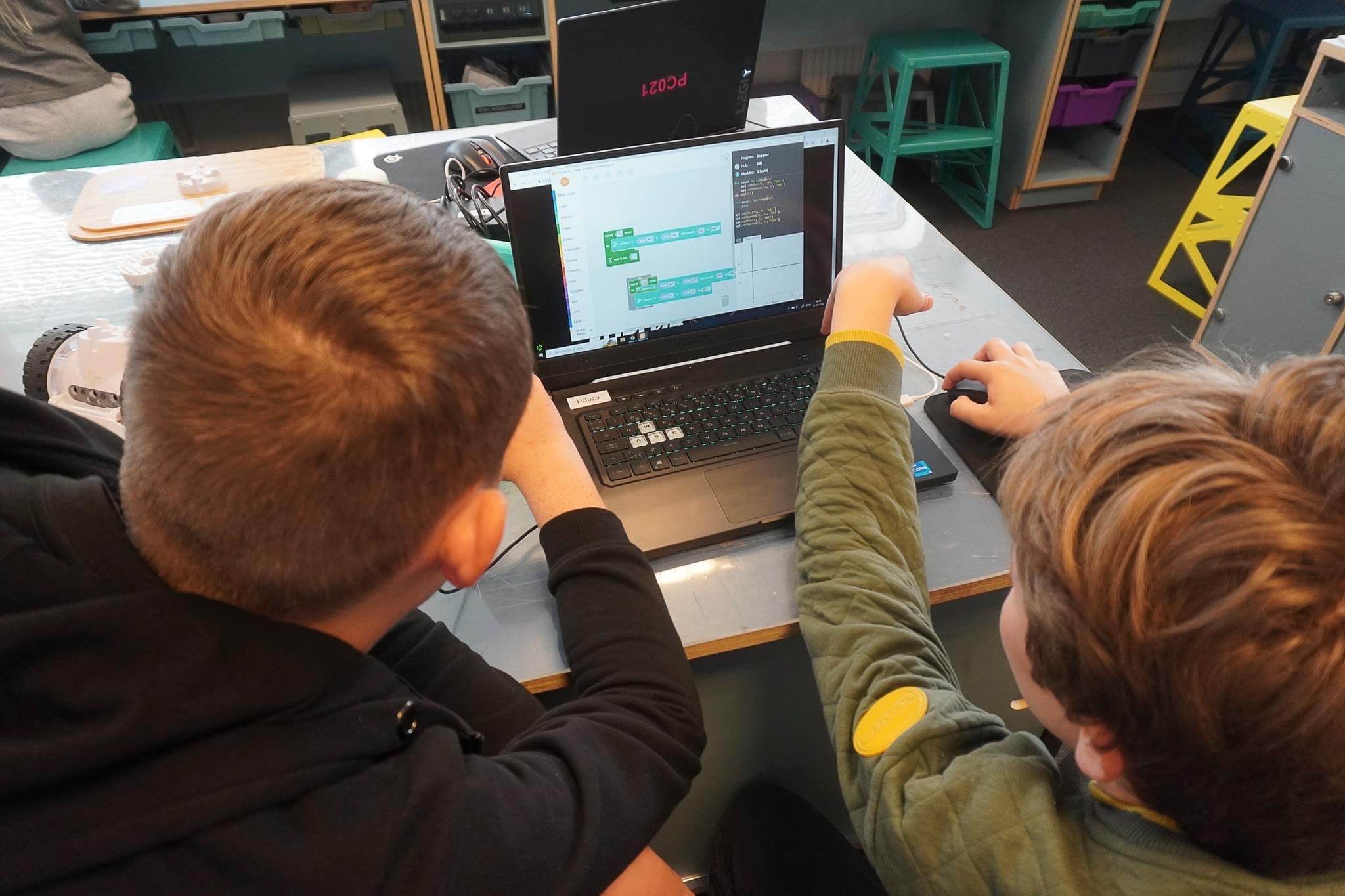
Photo supplied by TekX
Photo supplied by TekX
He believes upgrading the curriculum in schools and getting teachers and students on board is a “huge work in progress”.
“There is no one solution, there are many solutions," Jesper said.
"In the end, you build your own framework and have to hope you've given the students enough balance and backbone to be creative, critical consumers,” he added.